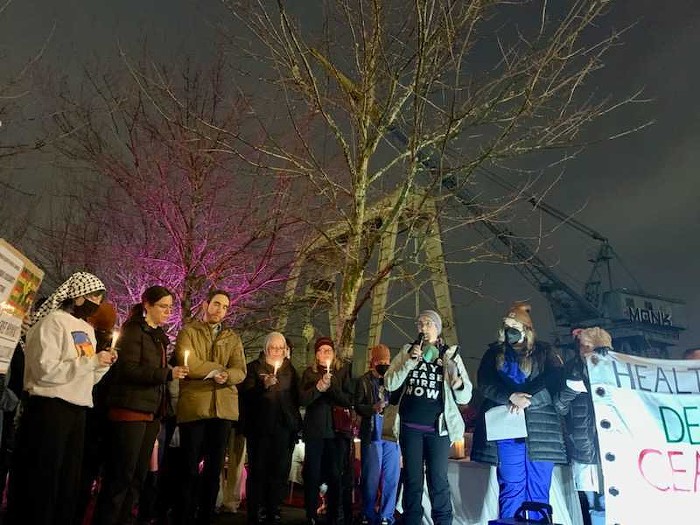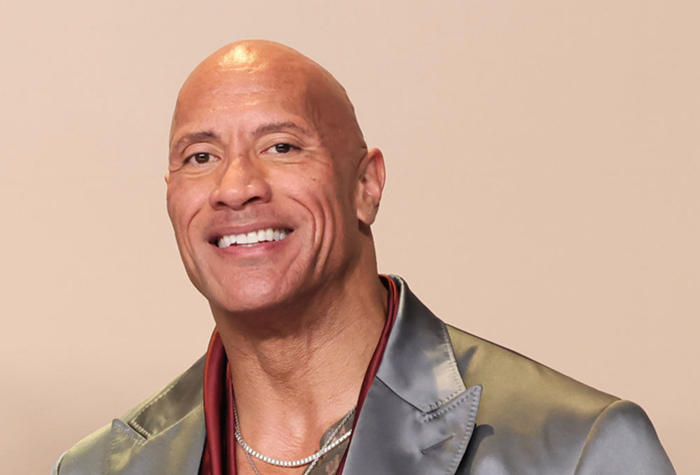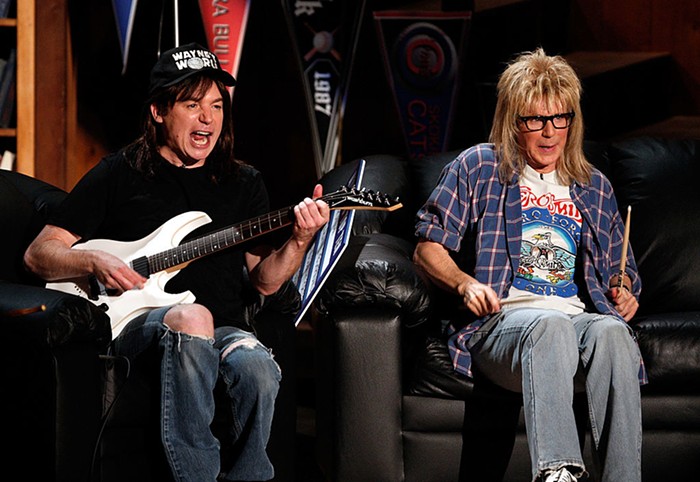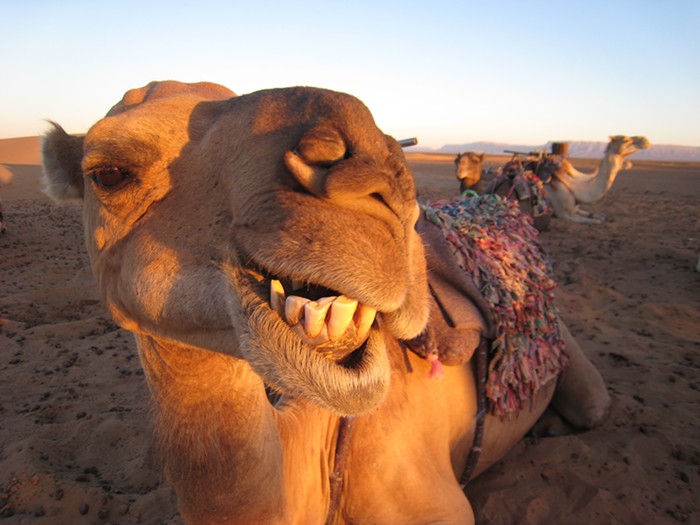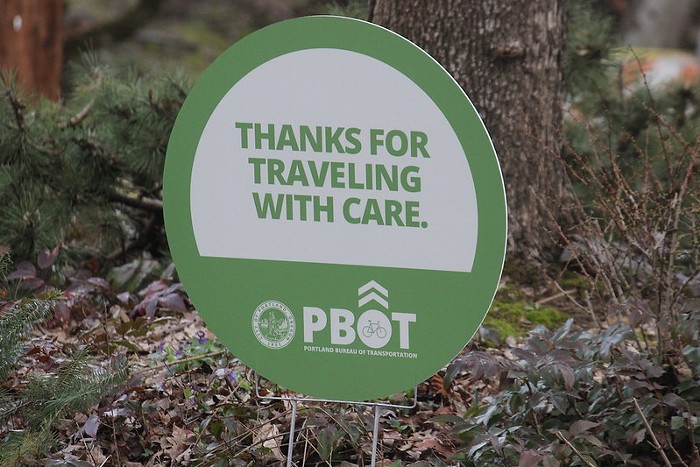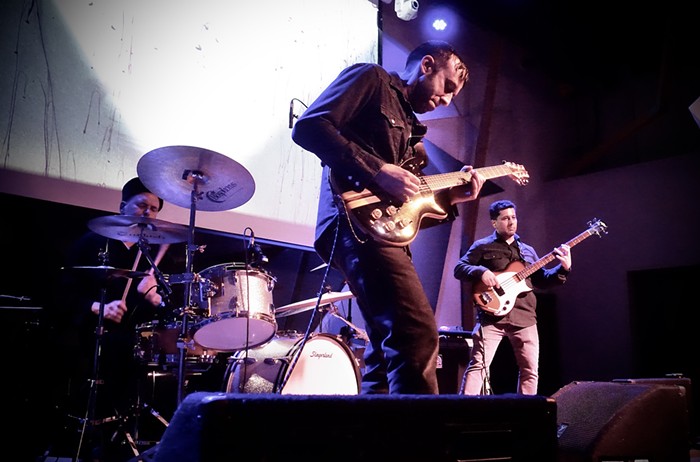In 1962, Packy put Portland on the map for celebrity culture. Now the largest Asian elephant in the U.S., he was the first to be born in the Western hemisphere in over 40 years. Visitors flocked to see him, sending zoo attendance records zooming to an all-time high. Packy was literally born into celebrity, making international headlines on the day of his arrival into this world.
But one story has gone untold: Packy the Pachyderm is gay. And it hasn't been easy for him.
"You can see in Packy the same kind of psychological trauma we see in the Jackson family, or the Barrymore family," says Nolan Williams, one of Packy's former caretakers.
"It only complicated things that he was... how should I put this... very sexually aggressive towards other males. We had to restrain him. And he would lapse into these deep depressions. He refused to eat; he lashed out at us."
Packy's mental state rapidly declined as the zoo continually denied and censored his sexual preference.
"It got really, really bad," Williams remembers. "Packy wanted to be himself; the zoo wanted a star. They made him mate with the females. After he impregnated one of them, he just seemed to turn inward. He wouldn't budge. We had to force-feed him."
This malaise lasted until the early '90s, when another famous Portland animal hit it big.
"Animals have self-esteem issues just like humans, and animals that display what we might call 'homosexual tendencies' are prone to greater problems," says Laura Derner, the renowned animal psychologist who worked with Packy throughout his melancholia.
"This is going to sound crazy, but as soon as Free Willy came out, I called Warner Brothers and told them I wanted a copy immediately."
"Willy," also known as Keiko the Killer Whale, was rescued from unfortunate conditions in Mexico City, where agents found him lethargic, sick, and riddled with skin diseases.
Says Derner: "Keiko is a fucking survivor, and his death was a great loss to the gay arts community. I mean, not only was he one of the first animal stars to become a household name--he was gay too! That would be, like, if Marilyn Monroe had been a dyke. It's unreal. Keiko set the bar for all the rest. He showed us that gay animals can be just as successful as straight ones. It was just what Packy needed at the time."
Despite his dark past, Packy's legacy endures: Rama, his 21-year-old son, recently "came out" to the zoo world and is receiving international acclaim for his abstract expressionist paintings. But I had to know: what's so gay about Rama?
"Alternative animal sexualities are becoming more widely recognized and accepted, and Rama is iconic in this sense," Terrence Dargamouth, curator of the chic Brushstrokes Gallery, tells me. "As an artist, Rama challenges society's binary perceptions of sexuality, while pushing the species boundary. Homoerotic themes appeared early in his work--he took several male lovers in his early teens. But in the art world, we never call him 'gay.' He's queer, he's radical--he's an artist. Both on the canvas, and as a maverick of sexual identity."
This much is clear: thanks to the perseverance of notable queers like Keiko and Packy, a new crop of gay creatures are facing the future of animal sexuality with heads held high. Especially the giraffes.





